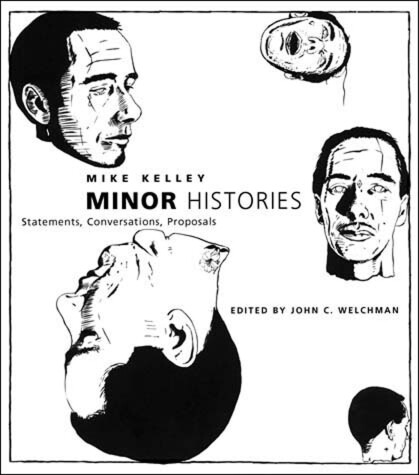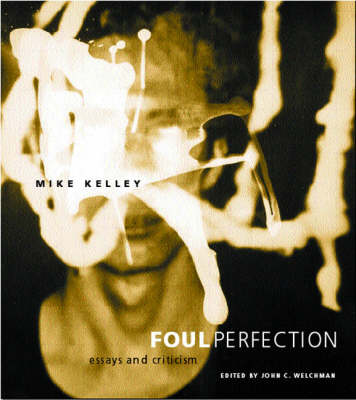Writing Art
2 total works
What John C. Welchman calls the "blazing network of focused conflations" from which Mike Kelley's styles are generated is on display in all its diversity in this second volume of the artist's writings. The first volume, Foul Perfection, contained thematic essays and writings about other artists; this collection concentrates on Kelley's own work, ranging from texts in "voices" that grew out of scripts for performance pieces to expository critical and autobiographical writings.Minor Histories organizes Kelley's writings into five sections. "Statements" consists of twenty pieces produced between 1984 and 2002 (most of which were written to accompany exhibitions), including "Ajax," which draws on Homer, Colgate- Palmolive, and Longinus to present its eponymous hero; "Some Aesthetic High Points," an exercise in autobiography that counters the standard artist bio included in catalogs and press releases; and a sequence of "creative writings" that use mass cultural tropes in concert with high art mannerisms—approximating in prose the visual styles that characterize Kelley's artwork. "Video Statements and Proposals" are introductions to videos made by Kelley and other artists, including Paul McCarthy and Bob Flanagan and Sheree Rose. "Image-Texts" offers writings that accompany or are part of artworks and installations. This section includes "A Stopgap Measure," Kelley's zestful millennial essay in social satire, and "Meet John Doe," a collage of appropriated texts. "Architecture" features an discussion of Kelley's Educational Complex (1995) and an interview in which he reflects on the role of architecture in his work. Finally, "Ufology" considers the aesthetics and sexuality of space as manifested by UFO sightings and abduction scenarios.
Kelley's voices are passionate, analytic, and ironic, and his critical intelligence is leavened with touches of whimsy.

